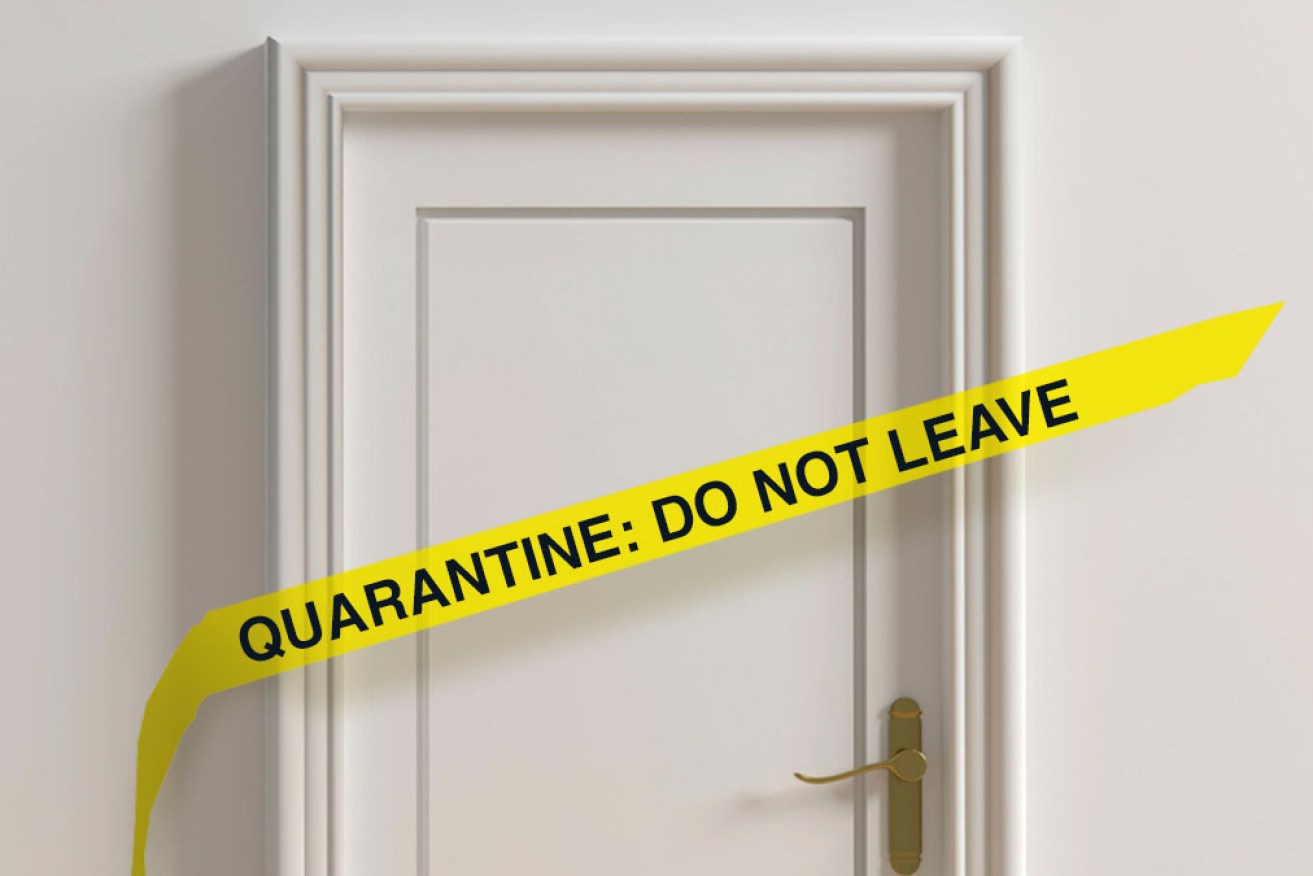Hotel quarantine is the coronavirus’s entry point. How do we fix it?


The cost to quarantined detainees runs to $1500 per week. Photo: TND
South Australia’s severe lockdown could be repeated around the country if Australia does not move to improve its quarantine program, as 30,000-plus stranded Aussies still battle to come home.
As Victoria and SA have demonstrated, returned travellers are our greatest threat to conquering the pandemic.
Most countries around the world have not managed to contain COVID-19 like we have, and as the coronavirus rips through those populations, it is able to mutate into different strains.
Those new strains can easily be brought here by returning Australians and leaked into the community.
That’s what happened in SA.
SA Premier Steven Marshall said this particular strain of the virus was “particularly sneaky” due its short incubation period of 24 hours or less.
That means one person could spread the virus to another on the same day they become infected.
As of Thursday, there were 23 active cases linked to the cluster that leaked from a city medi-hotel, as well as a further 17 suspected cases, prompting a strict six-day lockdown.
We need to look at alternative quarantine methods to stop returned travellers bringing the virus here.
Self-quarantine at home
We could consider introducing “home quarantine” for people coming to Australia from low-risk countries, Prime Minister Scott Morrison said in September.
“I think home quarantine can play a role in the future,” he said.
“… particularly as we sort of move beyond the phase we’re in now and we do look to see … our borders open up at some point to safe locations – whether it be New Zealand or parts of the Pacific or places like South Korea or Japan or countries that have had, I think, a much, higher rate of success – then there are opportunities to look at those alternative methods.”
Under current arrangements, Kiwis are free to travel to New South Wales, the Northern Territory and Victoria without quarantining for two weeks, but that benefit is yet to be reciprocated for Aussies.
This week, NZ Prime Minister Jacinda Ardern said the trans-Tasman bubble would not be up and running before Christmas in light of our suppression strategy and SA’s recent outbreak.
“If they have an outbreak but they are instituting strong border controls, then it’s manageable,” she said.
“But if they have a tolerance level for community transmission that’s higher than ours, then it is problematic.”
Regular testing in quarantine hotels
As the pandemic spreads overseas, more and more Australians are returning positive tests in hotel quarantine.
We could be testing them more regularly during their stay.
During the inquiry into Victoria’s troubled hotel quarantine program, Department of Health and Human Services DHHS deputy secretary Melissa Skilbeck said initially 99.7 per cent of positive cases in returned travellers had been detected by a coronavirus test on day three.
However, as the months rolled by, that observation “was not maintained”.
“By June, the demographic of returning travellers had changed and involved more people repatriating to Australia and higher positive rates were being observed,” Ms Skilbeck told the inquiry.
As a result, she suggested the risk of only relying upon the day-three coronavirus test became “unreasonable”.
Professor Marylouise McLaws, an epidemiologist at the University of NSW and member of the WHO’s COVID-19 response team, said we should be testing quarantine hotel staff daily rather than the new rule of once a week.
“Test all staff every day before they go home,” she said, adding rapid point-of-care tests could deliver results within 13 minutes.
“The cost of a second wave is billions compared to the cost of a rapid test.”
Quarantine in remote areas
We could relocate quarantine facilities to remote locations to limit the risk of the virus spreading through big cities.
Darwin’s system has been working well for months.
When international travellers arrive in Darwin, they are taken to the Howard Springs facility in the city’s rural area.

The Howard Springs quarantine facility at sunset. Photo: ABC News
Unlike hotel quarantine in most Australian cities – where travellers are banned from accessing fresh air and the freedom to exercise – residents at the rural Darwin facility are able to walk around the campus, and even go for a swim.
“Why are we putting quarantine stations in the middle of big cities?” said Professor Adrian Esterman, an epidemiologist at the University of South Australia.
“It’d be far less a risk if all the people coming here from overseas can be quarantined in these remote locations.”








